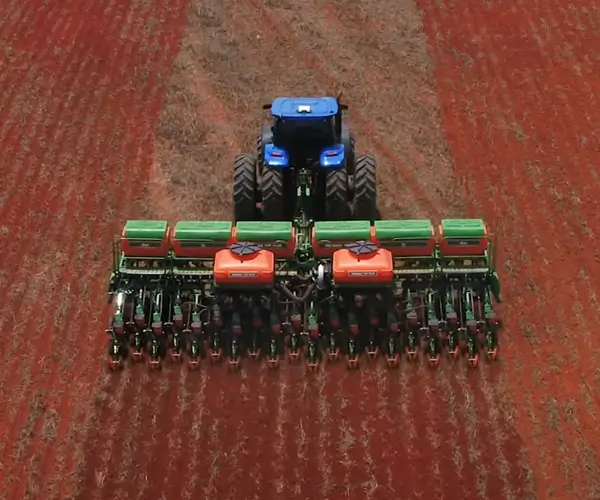Sure! Here’s the first part of a soft, engaging article centered around "DC gear motor with wheels":
In the ever-evolving landscape of technology and innovation, one of the most fascinating developments is the seamless blend of miniature powerhouses known as DC gear motors with wheels. These unassuming yet incredibly versatile components are revolutionizing everything from industrial automation and robotics to personal gadgets and hobby projects. Their significance lies not only in their compact size but in their ability to deliver reliable, controllable motion—a fundamental requirement for many modern devices.

Imagine a tiny robot skimming across a room, effortlessly navigating obstacles and performing complex tasks. Or consider an automated conveyor system smoothly transporting goods in a factory. At the heart of these marvels are DC gear motors with wheels, acting as the pulsating backbone that propels, steers, and orchestrates movement. But what exactly makes them so indispensable?
At its core, a DC gear motor is a simple yet sophisticated machine. It combines a direct current (DC) motor with a gear reduction system—typically comprising gears made of metal or plastic—that drastically reduces the motor's high rotational speed to a more manageable, high-torque output. This means that even with a small motor size, the gear reduction amplifies torque and enhances precision, making them ideal for applications requiring controlled movement and force.
The addition of wheels transforms these small powerhouses into mobile units. Wheels, being simple yet effective mechanical components, are every engineer or hobbyist's favorite for creating moving devices. When attached to a DC gear motor, wheels turn into efficient means of propulsion that can be finely adjusted for speed and direction.
One of the key advantages of using a DC gear motor with wheels lies in its versatility. These assemblies can be customized in numerous ways: choosing different gear ratios to prioritize torque or speed, selecting wheel sizes that cater to specific terrains, or integrating sensors for autonomous navigation. For hobbyists, small-sized models with miniature wheels open the door to DIY projects, robotics clubs, and educational tools. For industry professionals, larger versions with rugged wheels are integral in autonomous vehicles, warehouse robots, and automated guided vehicles (AGVs).
Energy efficiency is another notable characteristic. Because gear reductions allow motors to operate at lower speeds while delivering higher torque, they consume less energy when performing tasks that require force or sustained movement. This efficiency translates into longer battery life for mobile devices and reduced operational costs for large-scale equipment.
Moreover, the simplicity of design makes DC gear motors with wheels highly reliable and easy to maintain. They often operate quietly and with minimal vibration—further critical factors in applications where smooth operation and user comfort are paramount. Their durability ensures longevity, especially under continuous or repetitive tasks.
The industrial landscape, in particular, benefits immensely from these assemblies. Automated warehousing solutions leverage wheel-equipped DC gear motors for forklift navigation, inventory handling, and conveyor systems. Robotics manufacturers design small, precise motors with wheels for humanoid robots, drones, and even medical devices requiring pinpoint control and gentle handling.
Even in the realm of consumer electronics and smart home solutions, these motors find their place. Automated window blinds, robotic vacuum cleaners, and even pet companions are powered by DC gear motors with wheels, demonstrating how ingrained they've become in daily life. Their adaptability extends further with the integration of advanced electronics—like microcontrollers, encoders, and Bluetooth modules—turning simple movement into intelligent, responsive systems.
While the technology may seem straightforward, the engineering behind customizing a DC gear motor with wheels involves thoughtful consideration of variables such as torque requirements, voltage levels, gear ratio, wheel size, and the operating environment. For example, outdoor robots designed for rugged terrains require heavy-duty, high-traction wheels paired with powerful gear motors. Conversely, indoor micro-robots prioritize compact size and minimal weight.
As sustainability grows in importance, manufacturers increasingly focus on eco-friendly materials and energy-efficient designs. Some DC gear motors now incorporate recyclable materials, sealed bearings for prolonged lifespan, and low-voltage operation to reduce power consumption—all without sacrificing performance. These advances make them increasingly suitable for sustainable development and green technology initiatives.
The future of DC gear motors with wheels looks promising. With advancements in materials science, digital control, and smart sensing technologies, these modular components are becoming smarter, lighter, and more efficient. Imagine autonomous delivery robots weaving through busy city streets, medical drones delivering supplies, or factory automation systems that adapt in real-time—all powered by the humble but mighty combination of a DC gear motor and a wheel.
In essence, these small but mighty components are the unsung heroes of modern mobility. By transforming electrical energy into precise mechanical motion, they unlock new possibilities in countless fields. Whether you're an engineer designing the next generation of robotics or a hobbyist building your own remote-controlled vehicle, understanding the potential and versatility of DC gear motors with wheels can open up a world of innovation.
Leveraging innovations in modular drive technology, Kpower integrates high-performance motors, precision reducers, and multi-protocol control systems to provide efficient and customized smart drive system solutions.




































